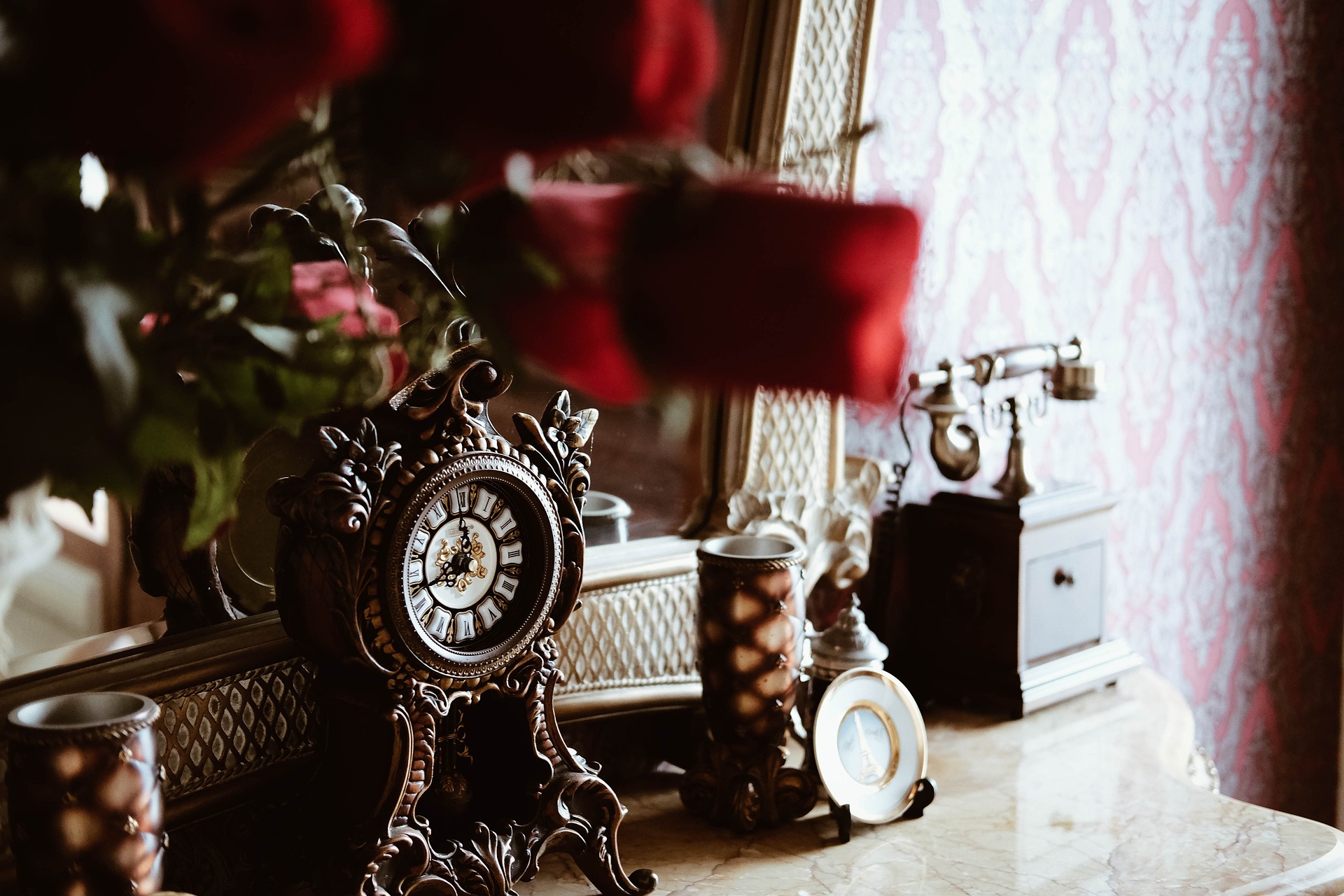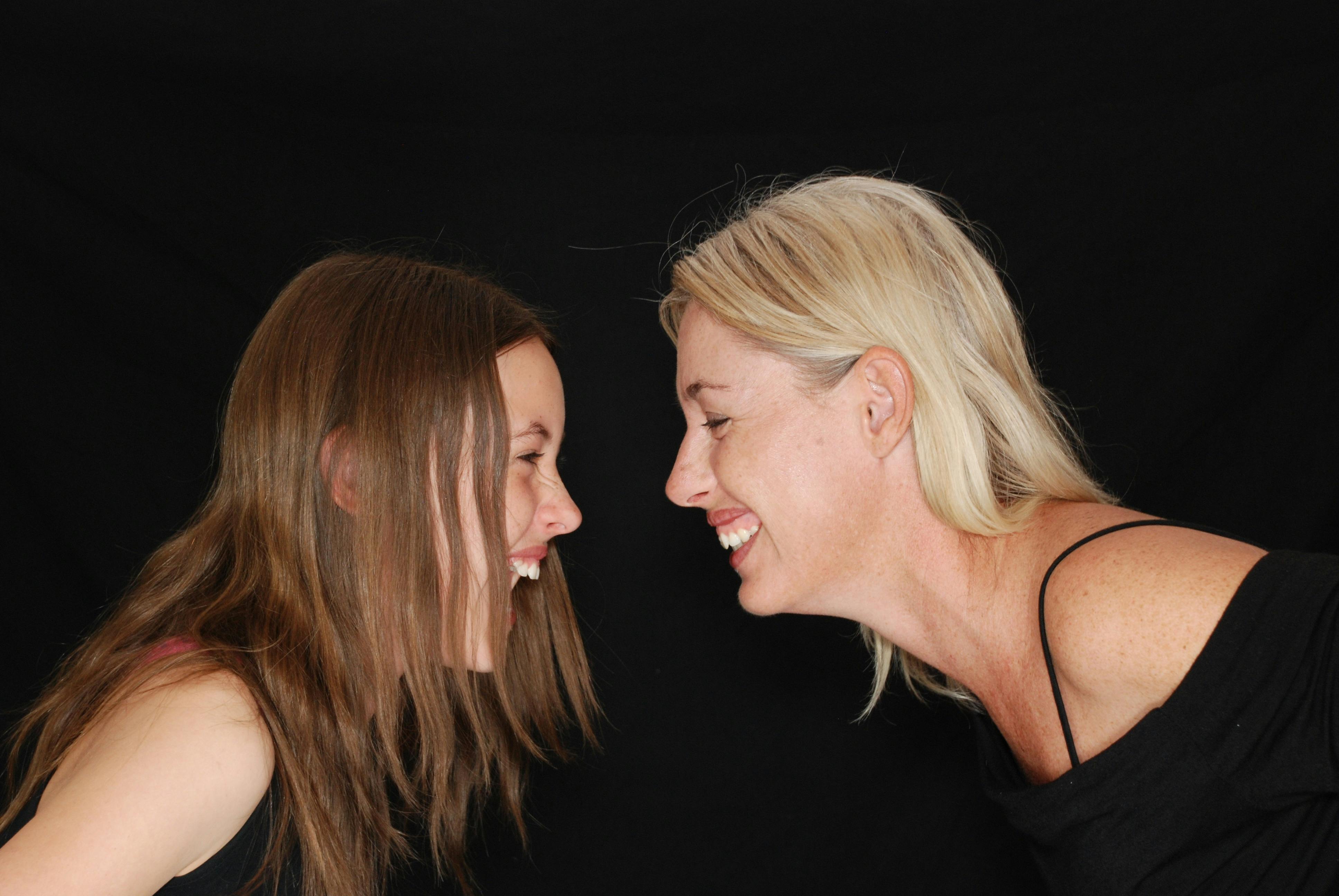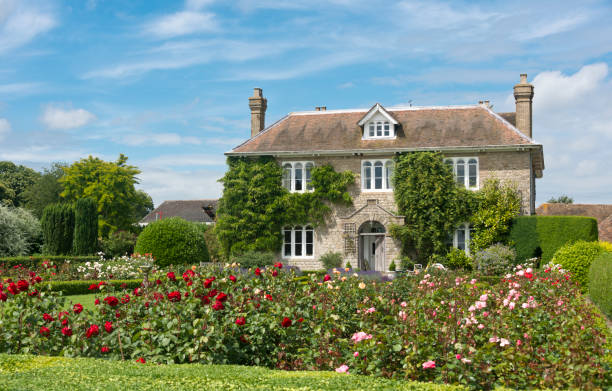"Transforming Homes with the Splash of Color Psychology"
Introduction: Picture this: you walk into a room and immediately feel a wave of calm washing over you. Is it the furniture? The lighting? It might just be the color of the walls. The impact of color on our mood and well-being is often underestimated, but it's an important aspect of interior design that can dramatically transform the look and feel of our homes.
The Fascinating World of Color Psychology
Color psychology is an area of research that examines how color influences human behavior and emotion. It’s been used in various fields, from marketing and branding to healthcare and interior design. The roots of color psychology can be traced back to ancient civilizations like Egypt, where colors were believed to have healing properties.
How Colors Influence Our Mood and Behavior
Different colors elicit different psychological responses. Warm colors like red, orange, and yellow can stimulate and energize, while cool colors like blue, green, and lavender tend to be calming and relaxing. Neutral colors, such as white, beige, and gray, can provide a sense of balance and tranquility.
Using Color Psychology in Home Decor
Incorporating color psychology into home decor can create spaces that not only look good but feel good. For example, painting a bedroom in soothing blues or greens can help promote relaxation and sleep. A vibrant yellow kitchen can evoke feelings of cheerfulness and energy—perfect for starting the day on a positive note.
The Color Trends that are Shaping Modern Homes
In recent years, we’ve seen a move towards bold, saturated colors in home decor. Rich jewel tones like emerald green and sapphire blue are gaining popularity for their ability to add depth and luxury to a room. On the other end of the spectrum, pastels like millennial pink and soft lilac are favored for their calming and uplifting qualities.
The Practicality of Color Psychology in Interior Design
While color psychology is an exciting concept, it’s important to remember that the response to color can be subjective and influenced by individual experiences and cultural context. Therefore, the key to using color psychology in home decor is to understand the general principles but adapt them to personal taste and lifestyle.
In conclusion, color psychology offers a unique and effective way to enhance our living spaces. It’s a topic that combines design aesthetics, human psychology, and practical considerations, offering a fresh perspective on home decor. So next time you’re looking to transform your home, consider the power of color—not just for its visual appeal but for its ability to influence mood and create an atmosphere that’s just right for you.






